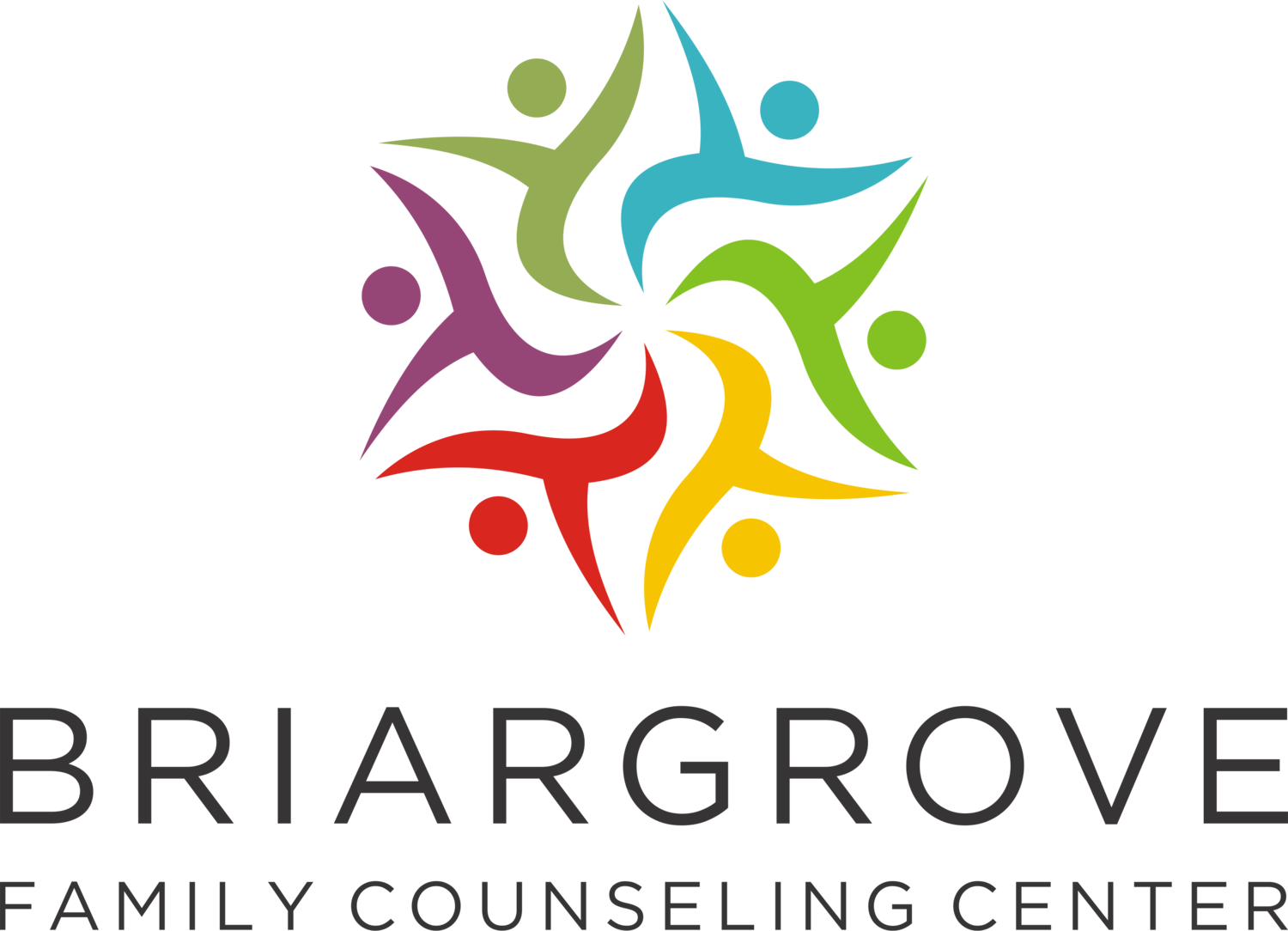How to Recognize Mental Health Needs in Your Teen
Teens are more stressed now than ever.
On October 19th, 2021, The American Academy of Pediatrics (AAP), the American Academy of Child and Adolescent Psychiatry (AACAP), and the Children’s Hospital Association (CHA) collectively declared a national emergency in light of the current mental health crisis of children and teens. It was called in part due to one significant study that found that adolescents between the ages of 12 and 17 went to the emergency room for mental health over a quarter more often than this time in 2019 (during the same time March to October time frame). Girls aged 12-17 who went to the emergency room for suspected suicide attempts rose more than 50% in early 2021 compared to this time in 2019. The article stated that, “Emergency departments (EDs) are often the first point of care for children’s mental health emergencies.”
“Emergency departments are often the first point of care for children’s mental health emergencies.”
Do emergency rooms have to be the first point of care for teen mental health emergencies? No, I don’t think so.
Neither did the AAP, AACAP & CHA.
They called for the government and advocates of children to assist by outlining several objectives, including family and community-based support to assist. They understand the role of the family and community to recognize and support teen mental health needs. Indeed, parents, grandparents, teachers, and others can play a significant role in addressing the mental health needs of the teens they love by identifying emotional, social, or physical changes in them and seeking out appropriate mental healthcare.
Emotional Changes to Look Out for In Your Teen
Teens go through moody phases but pay attention to a teen who appears more agitated, angry, anxious or depressed. Additionally, take notice of a teen whose mood changes (anxiety, depression, poor self-esteem, aggression, abnormally elevated) and the change persists for two weeks or longer without a pause. Other markers include a teen that who consistently does not feel good enough, constant worry, expresses feelings of hopelessness, excessive guilt or anger, or says that they want to die, end their life, wishes they weren’t here anymore, etc.
Physical Changes to Look Out for In Your Teen
Take a close look at your teens eating & sleeping habits. While all teens need a lot of sleep during this stage of development, sudden changes in energy levels from sleeping abnormally long or the inability to sleep are both things to watch for.
Sleeping too little
Sleeping too much
Overeating
Undereating
Quick changes in weight
Excessive need to exercise
If your teen is complaining of headaches, stomach aches or is seeing or hearing things that are not there are all symptoms to pay attention to.
Behavioral Changes to Look Out for In Your Teen
Teens go through lots behavioral changes. It’s pretty usual for teens to want to spend more time with their friends than their family, switch interests in hobbies or activites, push boundaries or not love going to school. However, keep an eye out for changes like the following:
Refusing to go to school/ decline in academic performance
Practicing reckless behaviors
Self-harm
Running away
Trouble concentrating
Forgetfulness
Inability to sit still or focus on tasks
Smoking, drugs/drinking
Careless in their appearance
Compulsive repetitive speech or behaviors
Suicidal thoughts or behaviors
Emergency rooms and doctors are often on the front lines of identifying and managing mental health care needs in children in teens but they do not have to be. Parents and family members can recognize the emotional, physical, and behavioral changes that indicate a mental health need. It’s normal for a teen to experience frustration, feel low, test boundaries, and have mood swings but isn’t always easy to identify regular teen behavior from possible illness. Dr. Nadja N. Reilly, practicing psychologist and a member of the editorial board of the Harvard Mental Health Letter, offers key insight in distinguishing normal teen mood swings from depression by looking at the symptom severity, duration and domain. If your teen has behavioral, physical, or emotional changes that last longer than two weeks or occur in more than one area of their life (eg. physical, social, behavioral, emotional, work/school) it is probably time for a higher level of care.
At Briargrove Family Counseling Center, teens are met with understanding and compassion. Different modalities including cognitive behavioral therapy, dialectical behavioral therapy, strengths based positive psychology, and family therapy are available to meet the outpatient needs of teens experiencing mental distress. When needs exceed the outpatient counseling services, referrals are made to trusted professionals in the community to offer comprehensive care.
References:
Mood Disorders in Teens. Stanford Children's Health - Lucile Packard Children's Hospital Stanford. (n.d.). Retrieved April 15, 2022, from https://www.stanfordchildrens.org/en/topic/default?id=overview-of-mood-disorders-in-children-and-adolescents-90-P01634
Leeb, R. T., Bitsko, R. H., Radhakrishnan, L., Martinez, P., Njai, R., & Holland, K. M. (2020). Mental health–related emergency department visits among children aged< 18 years during the COVID-19 pandemic—United States, January 1–October 17, 2020. Morbidity and Mortality Weekly Report, 69(45), 1675.
MacDonald, A. (2010, September 13). Distinguishing depression from normal adolescent mood swings. Harvard Health. Retrieved April 15, 2022, from https://www.health.harvard.edu/blog/distinguishing-depression-from-normal-adolescent-mood-swings-20100913335

